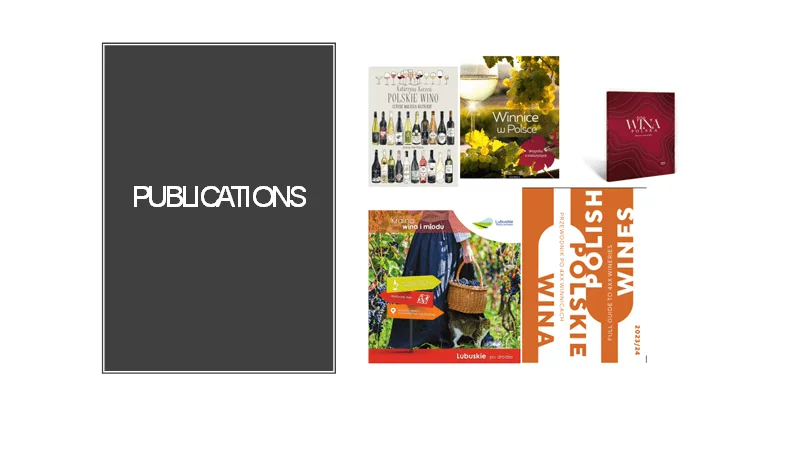The wine roads of Poland that we choose
During the ENOEXPO exhibition in Krakow, a presentation of the wines of the Wine Travel Awards community members and an introduction to the peculiarities of Polish enotourism took place. WTA nominee and winner Tomasz Prange-Barczyński, a respected wine critic, writer, editor-in-chief of Ferment and judge of well-known international wine competitions presented the study Present and Future of the Polish Wine Market. The best enotourism destinations in Poland. Here are the abstracts of the report.
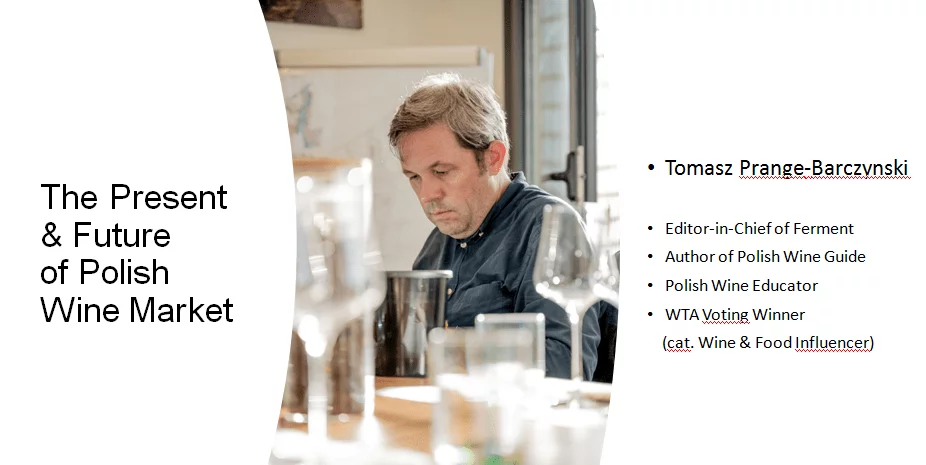
Influence of geographical conditions on winemaking in Poland
Poland’s climate is quite favourable for winemaking: average insolation is 1400–1900 hours, and the growing season is 180–230 days. In general, the available terroirs are as follows:
- altitude: maximum 300–400 m above sea level;
- exposure: south and south-west;
- slope: optimal 30–40%.
The soils suitable for vine cultivation are of the following variety:
- loess (Lower Silesian, Lesser Poland, Lubelskie Voivodeship);
- volcanic (foothills of the Sudetenland, around Krakow, Podkarpacie);
- calcareous (southeast of Wrocław, north and northeast of Krakow, Sandomierz, Lubelskie Voivodeship);
- sandy (Mazovia, Greater Poland, San River Valley).
Varieties and types of wine in Poland
The most popular white varieties are Riesling, Chardonnay, Müller-Thurgau, Pinot Blanc, Pinot Gris, Gewürztraminer, Muscat Ottonel and reds: Pinot Noir, Zweigelt, Dornfelder Blaufränkisch, Merlot, Cabernet Dorsa (Dornfelder X Blaufränkisch), as well as numerous hybrids.
In terms of wine types, Polish winemakers produce fresh young white wines and white wines for long aging, rosé, young reds, and a small number of aged wines, oranges, sparkling wines (both classics and according to the Charmat method, as well as pet-nat). By the way, according to market observers, Poland currently has ideal climatic conditions for the production of sparkling wines. Krosno Odrzańskie, which is known as the capital of sparkling wines, is considered to be the kingdom of the country’s terroirs.
Polish winemaking in numbers can be represented as follows:
- vineyards on areas of more than 760 hectares;
- 560–580 producers;
- an average plot per farm: 1.42 hectares.
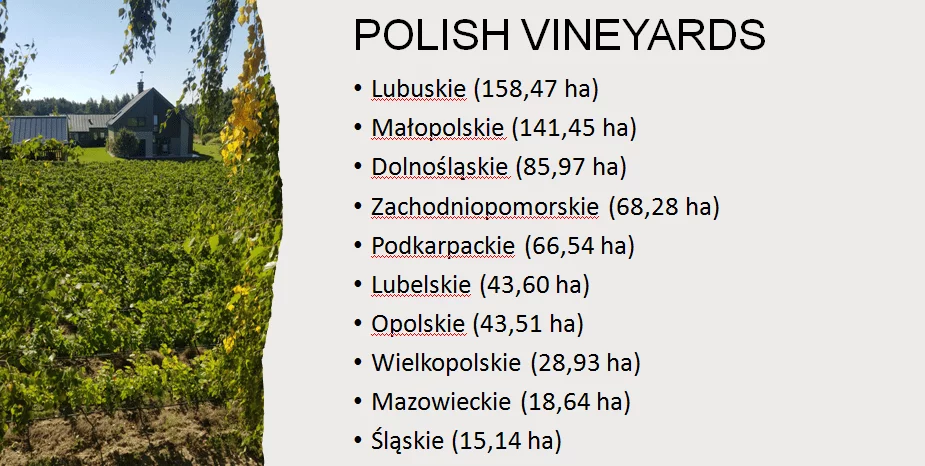
Factors that influence the Polish wine industry
Among the negative factors affecting the image of Polish wine, experts identify the following disadvantages: wine in this country is a niche product, low availability, high price, clichés and stereotypes, lack of general knowledge and wine culture, and lack of loyalty to the regional product.
*D+: By the way, it might be interesting for Ukrainian winemakers to study the experience of their neighbours and compare it with their own, identifying their advantages and, therefore, their potential in the domestic and international markets.
On the plus side, Polish wine is trending today, it is relevant to the interests of Generation Z, it is accompanied by publications in the lifestyle press, and is constantly present in national professional/thematic publications; local winemakers have achieved the interest of distributors, restaurants, and sommeliers.
The industry is constantly fuelling interest in Polish wine on the part of global wine authorities, Masters of Wine, such as Jancis Robinson, Elizabeth Gabay, and John Salvi, and organising publications in foreign media and publications such as the Oxford Companion. In addition, the professional community organises regular press trips for foreign journalists and stimulates the interest of Polish and foreign tourists.
As for the last steps, local winemakers mainly use the following resources for promotion:
- Developing a product that is attractive to enotourists;
- Using the charms of the location;
- Creation of hotels, restaurants, or tasting rooms in viticultural areas;
- Cooperation with food producers;
- Encouraging local authorities to take care of enotourism;
- Laying out wine routes, installing road signs and banners; publishing guides, maps, and leaflets.
Most small Polish winemakers – and they make up the lion’s share of local producers – realise that wine tourism is an indispensable tool for their business, through which they can develop themselves as a brand, and most importantly, sell wine directly.
Enotourism in Poland
The most common forms of enotourism in Poland:
- Visits in the wineries;
- Wine tastings;
- Walks in the vineyards;
- Taking part in the harvest.

In addition, the following activities can be used as an accompanying business: tasting of local products (can be produced at the winery or nearby in the same area), accommodation (hotel or bed & breakfast or camping).
*D+: This is a positive experience for Ukrainian enotourism operators to emulate (of course, when the war in Ukraine ends and tourism resumes): 50% of Polish wineries are camper-friendly.
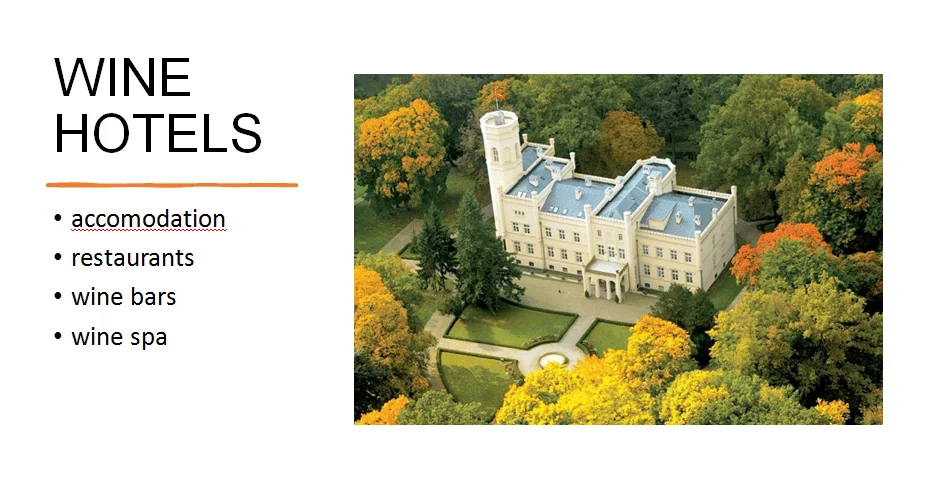
Wine festivals and gastronomic events also play a significant role in Polish enotourism, becoming magnets for the region.
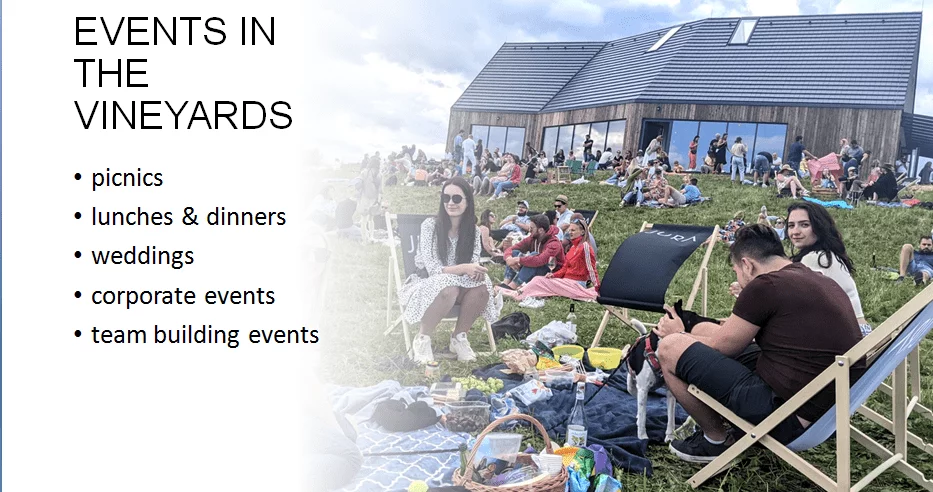
Polish wine routes include the following destinations:
- Dolnośląski Szlak Wina i Piwa (Lower Silesian Wine and Beer Trail);
- Małopolski Szlak Winny (The Małopolska Wine Trail);
- Sandomierski Szlak Winiarski (Sandomierz Wine Trail);
- Karpackie Szlak Wina (Karpackie Wine Trail);
- Jasielski Szlak Winiarski (Jasielska Wine Trail);
- Zielonogórski Szlak Wina (Zielona Góra Wine Trail);
- Szlaku Winnic Stowarzyszenia Winiarzy Małopolskiego Przełomu Wisły (Wine Route of the Association of Winemakers of the Małopolska Przełomu Wisły);
- Wielkopolskim Szlakiem Winnic (The Wielkopolska Wine Route);
- Szlaku Winnic Ziemi Łódzkiej (The Wine Trail of the Lodz Area).
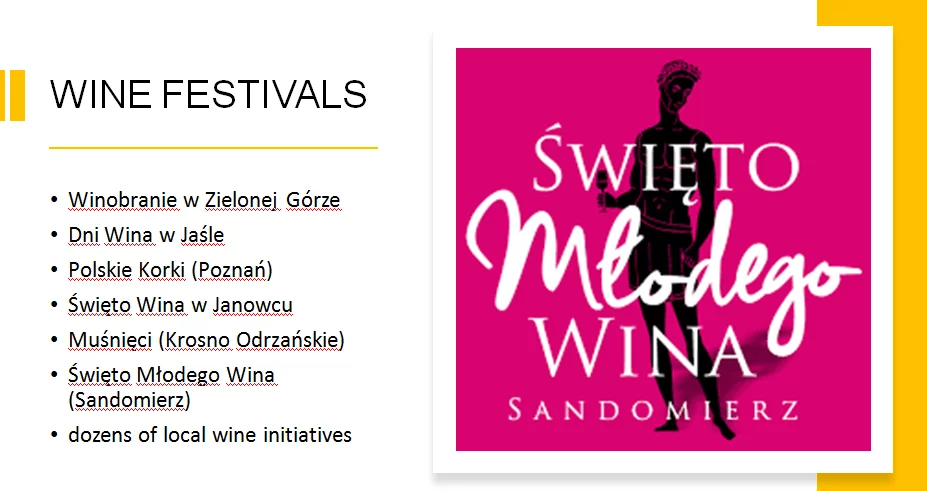
Mr. Tomasz Prange-Barczynski spoke about an interesting local attraction – the only specialised train in Poland that takes guests to the International Wine Days in Jasło.
*D+: The last time it happened on 26 August 2023, it was like this: at around 7:20 am, the train left Kraków Główny station for the wine festival. Each passenger received a welcome kit, which included a voucher for żurek, a traditional Polish soup served on rye bread and made with pork, sausage, eggs, and vegetables, wines from the 10th Polish Wine Competition in Jasło and sweets such as gingerbread and sweets. After almost three hours, the full and happy guests arrived at the platform in Jasło, from where they went on an excursion to the local museum and then to the Wine Day, where 40 wine stands from all over Poland, a regional food fair and masterclasses with tasting were waiting for them. In the evening, the train travelled in the opposite direction.
__________
At the end of his speech, the speaker invited wine lovers and specialists to visit Polish wine roads, and all those interested in information about winemaking to visit such resources as winicjatywa.pl, @fermentwine.
The Wine Travel Awards team thanks Tomasz for participating in the presentation and invites all active and caring operators and supporters of enotourism to get acquainted with the most interesting places, wines, and events on winetravelawards.com.
